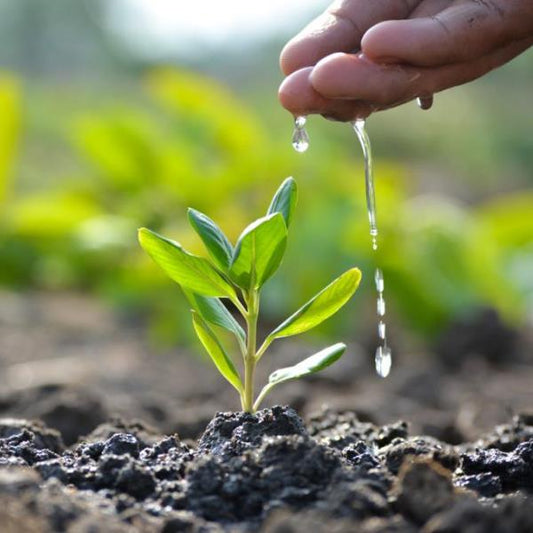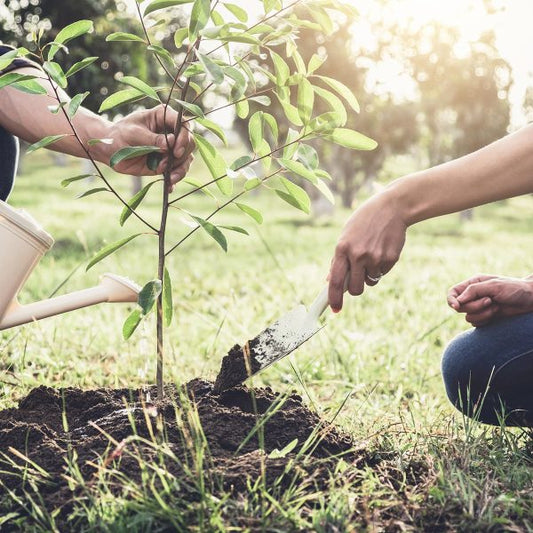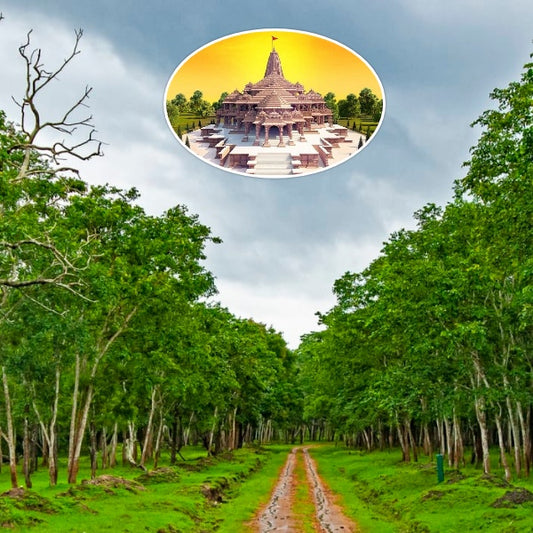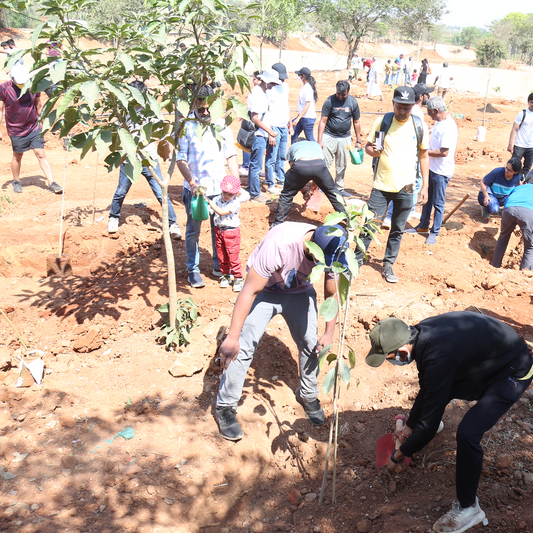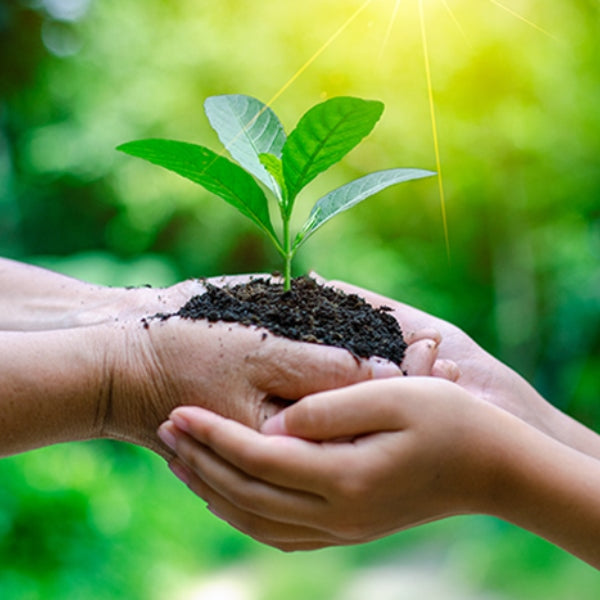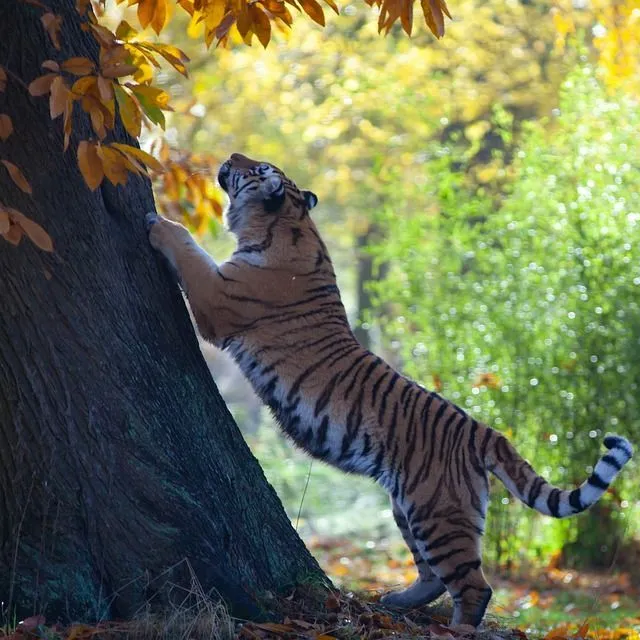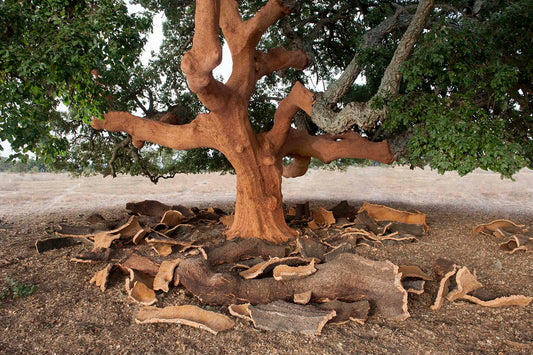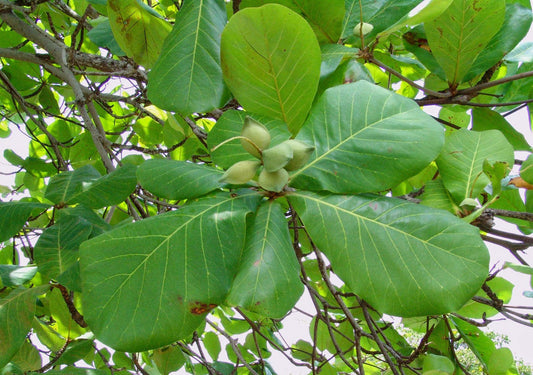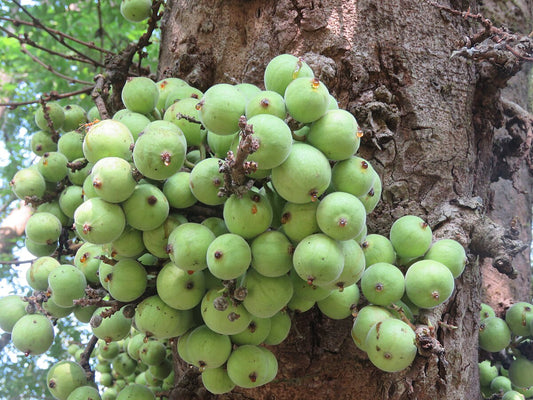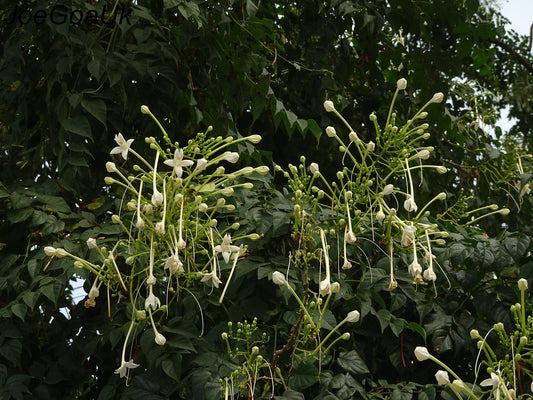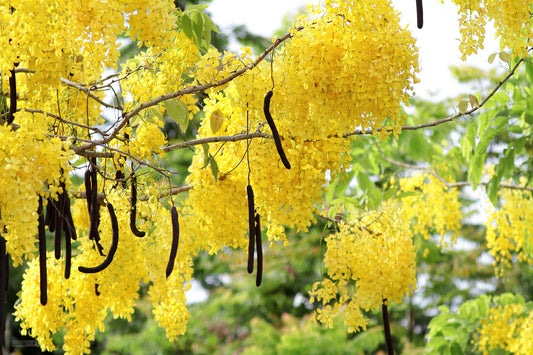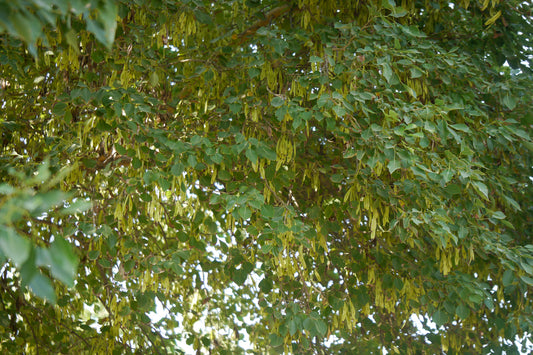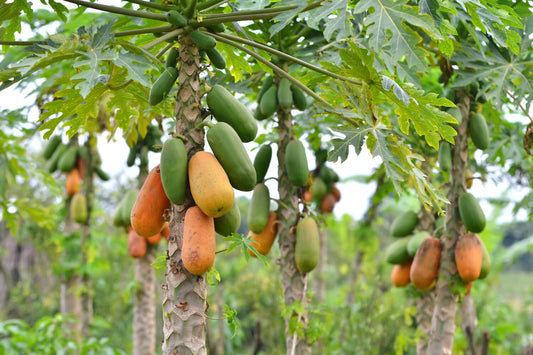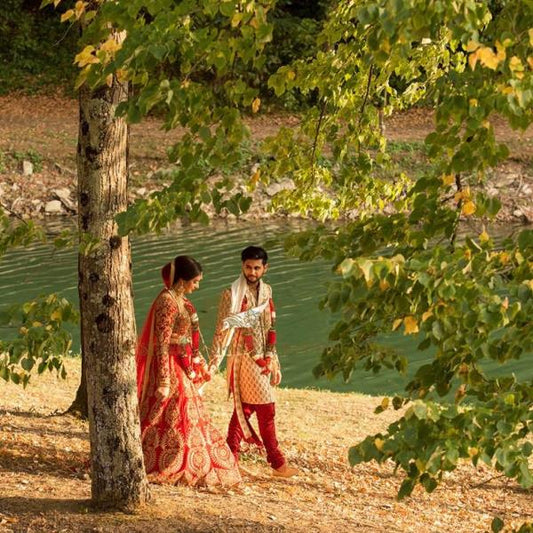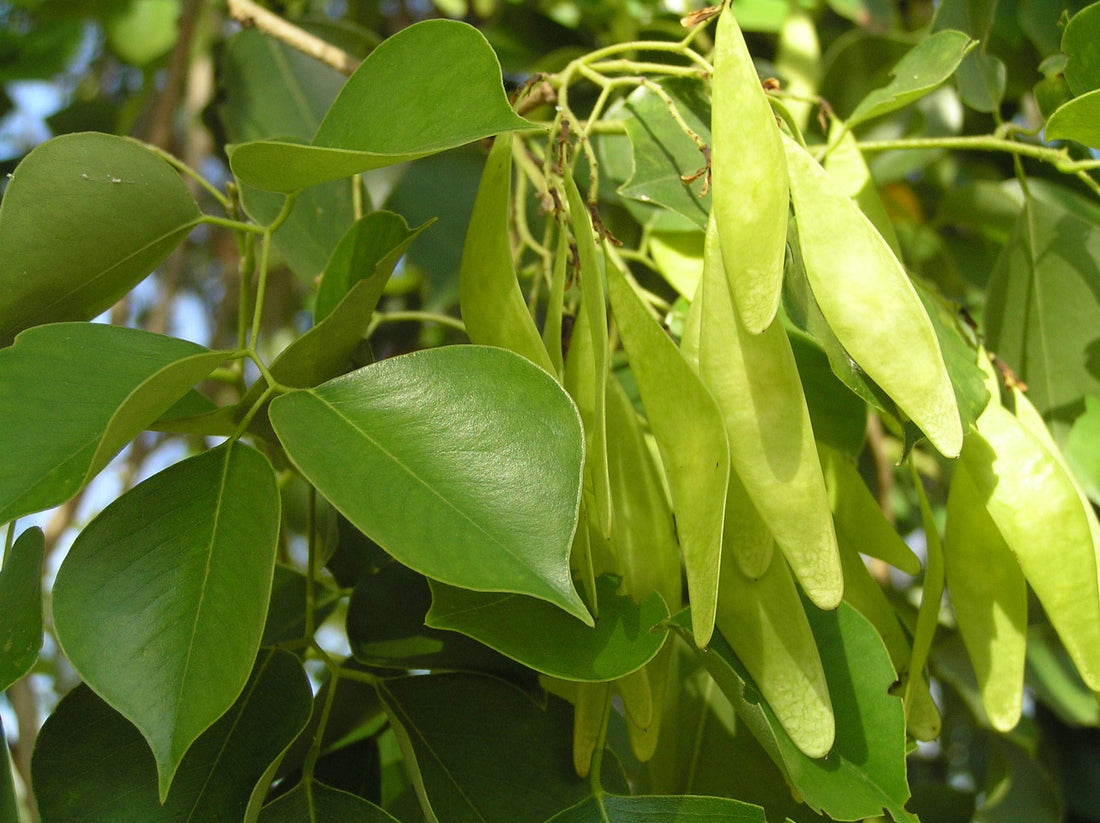

Embarked within the lush realms of the Indian subcontinent stands a botanical wonder revered for centuries: the Mahua tree. This majestic tree, known scientifically as Madhuca longifolia, captivates with its towering presence and multifaceted significance. Join us as we delve into the en Read more
Trending
Trees for Corporates
Shisham Tree
You may also like
Corporate Plantations
Shisham Tree Facts
Explore fascinating facts about the Shisham tree, scientifically known as Dalbergia sissoo, celebrated for its sturdy timber, ornamental foliage, and cultural significance. Learn about its native range, historical uses, and importance in forestry and agroforestry systems.
Shisham Tree Care
Discover essential care tips for growing and maintaining Shisham trees in subtropical and tropical climates. From selecting suitable planting sites to managing soil fertility and water availability, learn how to nurture these valuable trees for timber production and environmental benefits.
Shisham Tree Timber Uses
Learn about the versatile uses of Shisham wood in furniture making, flooring, and boat building. Known for its durability, attractive grain patterns, and resistance to decay and termites, Shisham timber is highly prized for its quality and aesthetic appeal in various applications.
Shisham Tree Ecological Importance
Delve into the ecological importance of Shisham trees in forest ecosystems and riparian habitats. From stabilizing riverbanks and preventing soil erosion to providing shade, wildlife habitat, and carbon sequestration, Shisham trees play a crucial role in ecosystem health and resilience.
Shisham Tree Medicinal Uses
Discover the medicinal properties of Shisham leaves, bark, and heartwood in traditional medicine systems. From treating fevers and skin ailments to relieving pain and inflammation, Shisham has been valued for its therapeutic benefits for centuries.
Shisham Tree Symbolism
Explore the cultural symbolism of the Shisham tree in folklore, religious rituals, and social customs. Revered for its association with strength, longevity, and prosperity, the Shisham tree symbolizes resilience, abundance, and spiritual well-being in various cultural traditions.
Shisham Tree Habitat
Learn about the natural habitat of Shisham trees, including riverbanks, floodplains, and moist deciduous forests. From well-drained, fertile soils to humid climates with distinct wet and dry seasons, Shisham trees thrive in diverse ecosystems, providing habitat and sustenance for wildlife.
Shisham Tree Growth Rate
Gain insights into the growth rate and development of Shisham trees under optimal growing conditions. With moderate to fast growth rates, Shisham trees can attain mature sizes and timber quality within a few decades, contributing to forest productivity and biodiversity.
Shisham Tree Pruning
Learn about the importance of pruning Shisham trees to remove deadwood, promote straight growth, and enhance timber quality. Explore pruning techniques, timing, and safety precautions for maintaining productive and sustainable Shisham forests.
Shisham Tree Flowering Season
Discover the flowering season of Shisham trees and the unique structure of its inflorescences. From fragrant white flowers to pollination by insects or wind, Shisham trees exhibit fascinating reproductive biology and ecological interactions.
Shisham Tree Leaf Characteristics
Explore the distinctive characteristics of Shisham leaves, including their compound arrangement, serrated edges, and vibrant green color. With adaptations for maximizing photosynthesis and minimizing water loss, Shisham leaves are well-suited to subtropical climates and seasonal changes.
Shisham Tree Root System
Learn about the root system of Shisham trees and its role in anchoring the tree, accessing water and nutrients, and stabilizing soil. With deep taproots and spreading lateral roots, Shisham trees contribute to soil stability, erosion control, and water retention in diverse ecosystems.
Shisham Tree Wildlife Habitat
Discover the importance of Shisham trees as habitat and food sources for wildlife in riparian forests. From birds and mammals to reptiles and amphibians, Shisham trees support a diverse array of species, contributing to biodiversity conservation and ecological balance.
Shisham Tree Soil Requirements
Learn about the soil requirements for growing Shisham trees and optimizing their health and growth. From well-drained, loamy soils to sandy or clayey substrates with good aeration and moisture retention, Shisham trees exhibit adaptability to various soil types.
Shisham Tree Pest and Disease Management
Discover common pests and diseases that affect Shisham trees and strategies for prevention and control. From fungal pathogens and wood borers to leaf-chewing insects and root rot, proactive management practices can help minimize the impact of pests and diseases on tree health and productivity.
Shisham Tree Root Pruning
Learn about root pruning techniques for Shisham trees to address root-related issues and promote tree health and stability. From improving soil structure and drainage to preventing root girdling and competition, root pruning can enhance the vigor and longevity of Shisham trees.
Shisham Tree Indigenous Knowledge
Explore traditional knowledge and practices associated with Shisham trees in subtropical cultures and rural communities. From folklore and craft traditions to agroforestry systems and sustainable resource management, Shisham trees hold cultural significance and ecological value in various human societies.
Shisham Tree Ethnobotany
Learn about the ethnobotanical uses of Shisham trees in furniture making, construction, and herbal remedies. From crafting durable furniture and decorative items to using bark and leaves for medicinal purposes, Shisham trees have provided essential resources and cultural heritage for centuries.
Shisham Tree Cultivars
Explore the diversity of Shisham tree cultivars and their unique characteristics in terms of growth habit, timber quality, and environmental tolerance. From improved varieties for commercial plantations to locally adapted landraces and hybrids, Shisham enthusiasts can choose from a wide range of options for forest restoration and timber production.
Shisham Tree Cultural Heritage
Discover the cultural heritage and historical significance of Shisham trees in art, literature, and indigenous traditions. From ancient myths and rituals to modern conservation efforts and sustainable livelihoods, Shisham trees have inspired human creativity and economic prosperity across cultures and centuries.
FAQ
What is a shisham tree?
The shisham tree, scientifically known as Dalbergia sissoo, is a fast-growing deciduous tree native to the Indian subcontinent. It belongs to the family Fabaceae and is prized for its durable timber, which is used in furniture making, construction, and musical instruments.
Where are shisham trees typically found?
Shisham trees are commonly found in the Indian subcontinent, including India, Pakistan, Nepal, and Bangladesh. They thrive in a variety of habitats, from riverbanks and floodplains to dry deciduous forests and agricultural landscapes.
How tall can a shisham tree grow?
Shisham trees can reach heights of 15 to 25 meters, with some specimens growing even taller under optimal growing conditions. Their tall stature and straight trunk make them suitable for timber production and agroforestry systems.
What climate do shisham trees prefer?
Shisham trees prefer warm, subtropical climates with well-defined dry and wet seasons. They thrive in regions with temperatures ranging from 15°C to 35°C and annual rainfall between 500 to 1,500 millimeters.
How long until a shisham tree matures?
Shisham trees typically mature within 10 to 20 years, depending on soil fertility, climate, and management practices. Once mature, they produce high-quality timber prized for its strength, durability, and attractive grain patterns.
How is shisham timber harvested?
Shisham timber is harvested by selectively felling mature trees to extract the valuable wood for commercial use. The timber is then processed into lumber, veneer, or plywood, depending on market demand and intended applications.
What are the uses of shisham timber?
Shisham timber is valued for its versatility and aesthetic appeal, making it suitable for a wide range of applications. It is commonly used in furniture making, flooring, cabinetry, and decorative woodwork, as well as in boat building and musical instrument construction.
Is shisham timber resistant to decay and pests?
Yes, shisham timber is naturally resistant to decay, termites, and other wood-boring insects due to its high content of natural oils and resins. This makes it a preferred choice for outdoor and structural applications, where durability and resistance to pests are essential.
What is the economic importance of shisham trees?
Shisham trees are economically important for their timber, which is a valuable commodity in local and international markets. The timber trade contributes to rural economies and livelihoods in regions where shisham forests are cultivated, providing income and employment opportunities for communities involved in forestry and wood processing industries.
Are shisham trees suitable for agroforestry?
Yes, shisham trees are suitable for agroforestry systems, where they are intercropped with agricultural crops or integrated into livestock grazing systems. Their fast growth, nitrogen-fixing ability, and shade tolerance make them valuable components of sustainable land use practices.
Do shisham trees have any medicinal properties?
Yes, various parts of the shisham tree, including the bark, leaves, and seeds, have been traditionally used in herbal medicine for their therapeutic properties. They are believed to have anti-inflammatory, antipyretic, and antimicrobial effects, among other medicinal benefits.
What pests and diseases affect shisham trees?
Shisham trees are susceptible to various pests and diseases that can affect their growth and health. Common pests include stem borers, leaf-eating caterpillars, and scale insects, while diseases such as powdery mildew and heart rot can also occur under favorable conditions.
Can shisham trees improve soil fertility?
Yes, shisham trees are nitrogen-fixing species that can improve soil fertility by converting atmospheric nitrogen into a form usable by plants. Their root nodules contain nitrogen-fixing bacteria, which enrich the soil with nitrogen, benefiting surrounding vegetation and agricultural crops.
How do shisham trees propagate?
Shisham trees can be propagated through seeds or vegetative methods such as stem cuttings or root suckers. Seed propagation is the most common method, with seeds collected from mature trees and germinated under controlled conditions before being transplanted to the field.
What are the environmental benefits of shisham trees?
Shisham trees provide various environmental benefits, including carbon sequestration, soil erosion control, and habitat creation for wildlife. Their dense foliage provides shade and shelter for understory vegetation, while their root systems help stabilize soil and prevent erosion.
What are the challenges faced in shisham cultivation?
Shisham cultivation faces various challenges, including competition with invasive species, browsing by livestock, and vulnerability to pests and diseases. Sustainable management practices, including selective harvesting, pest control, and reforestation efforts, are essential to address these challenges and promote the long-term viability of shisham forests.
What is the significance of shisham in traditional cultures?
Shisham trees hold cultural significance in many traditional cultures, where they are valued for their timber, medicinal properties, and ecological role. They are often featured in folklore, rituals, and ceremonies, symbolizing strength, resilience, and connection to nature.
Is shisham cultivation environmentally sustainable?
Shisham cultivation can be environmentally sustainable when practiced using agroforestry and silvicultural techniques that promote biodiversity, soil health, and ecosystem resilience. However, unsustainable land use practices, such as deforestation and monoculture plantations, can lead to environmental degradation and loss of biodiversity.
Are there different varieties of shisham trees?
Yes, there are several varieties of shisham trees, each with unique characteristics such as growth rate, timber quality, and resistance to pests and diseases. Varieties may differ in their suitability for specific agroforestry systems or commercial applications, depending on local conditions and market preferences.
Most Popular
Connect with us
-
👥 Corporates
If you are looking for:
- 🌲 Tree Plantation Events
- 📊 CSR Projects
📧 corporate@growbilliontrees.com
📞 +91 9699723523
💬 WhatsApp (Only): +91 9370599291
🕒 Mon - Sat | 10am - 7pm IST
-
🧩 Tree Plantation NGOs
If you are looking for:
- 💰 Financial Assistance
- 🤝 Operational Support
📧 support@growbilliontrees.com
📞 +91 9699723523
💬 WhatsApp (Only): +91 9370599291
🕒 Mon - Sat | 10am - 7pm IST
-
🌼 Individuals
If you are looking for:
- 👥 Group Tree Plantation Drive
- 🌳 Bulk Tree Plantation
📞 +91 9699723523
💬 WhatsApp (Only): +91 9370599291
🕒 Mon - Sat | 10am - 7pm IST



